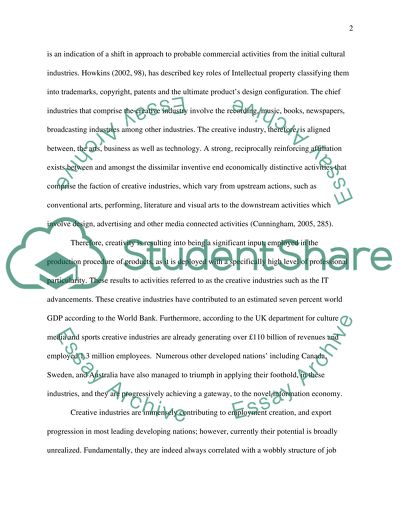Cite this document
(“Employment Conditions and Impacts of New Technologies Essay”, n.d.)
Employment Conditions and Impacts of New Technologies Essay. Retrieved from https://studentshare.org/journalism-communication/1453189-employment-conditions-and-impacts-of-new
Employment Conditions and Impacts of New Technologies Essay. Retrieved from https://studentshare.org/journalism-communication/1453189-employment-conditions-and-impacts-of-new
(Employment Conditions and Impacts of New Technologies Essay)
Employment Conditions and Impacts of New Technologies Essay. https://studentshare.org/journalism-communication/1453189-employment-conditions-and-impacts-of-new.
Employment Conditions and Impacts of New Technologies Essay. https://studentshare.org/journalism-communication/1453189-employment-conditions-and-impacts-of-new.
“Employment Conditions and Impacts of New Technologies Essay”, n.d. https://studentshare.org/journalism-communication/1453189-employment-conditions-and-impacts-of-new.


